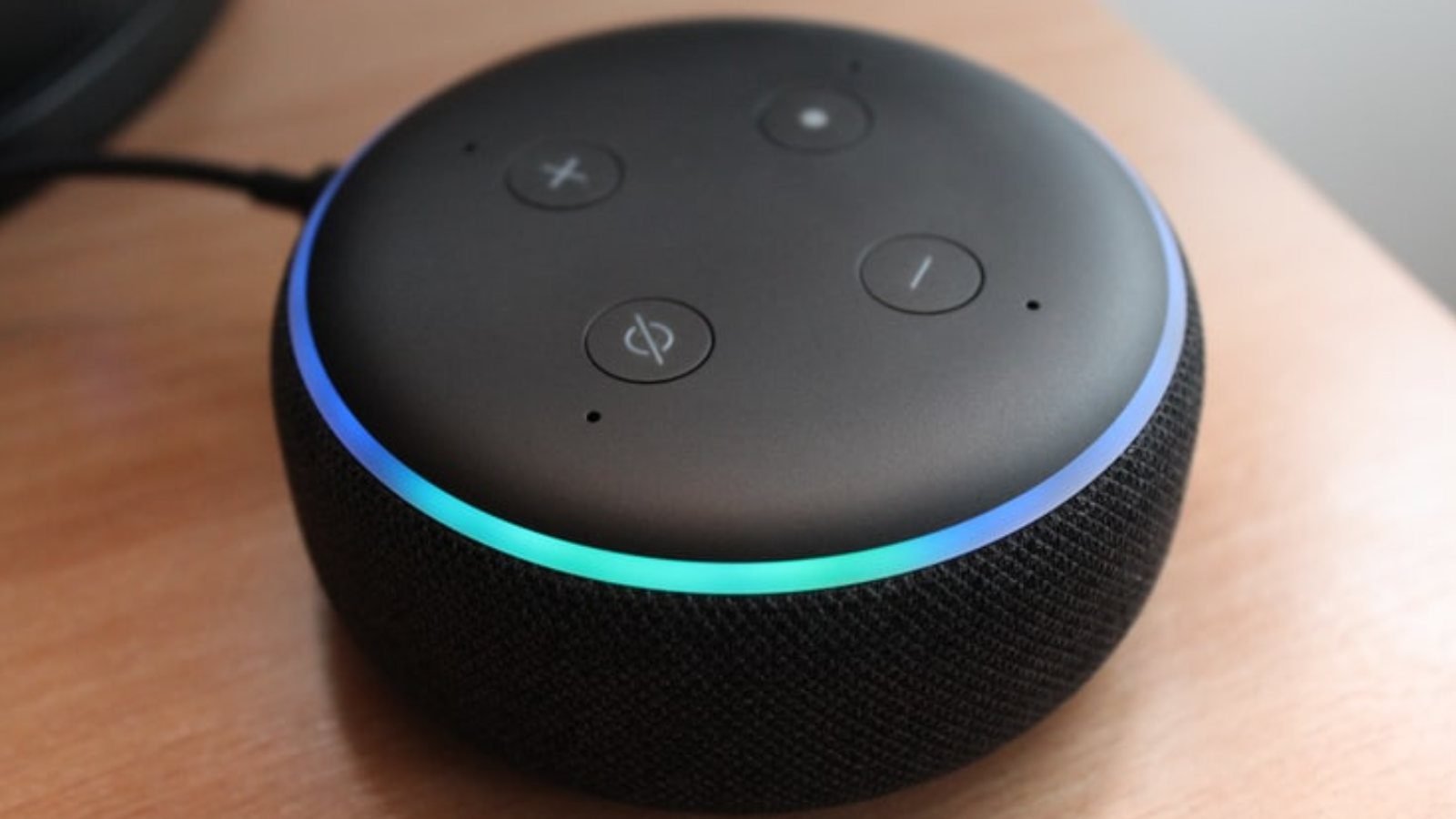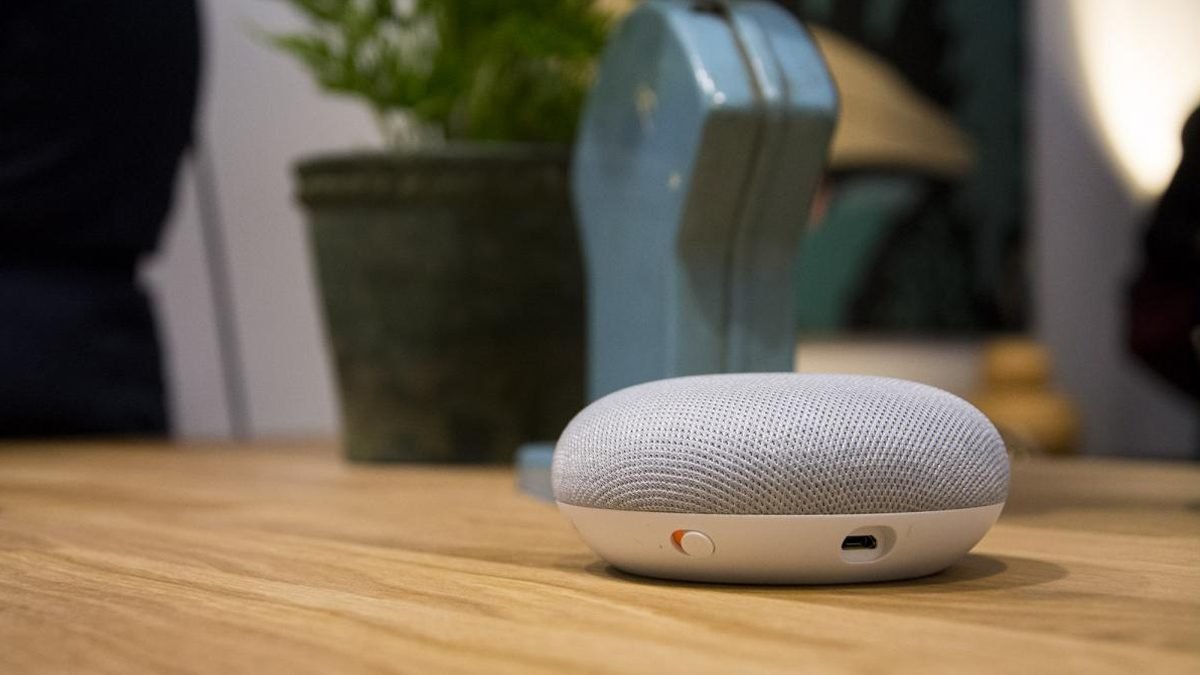Table of Contents
Highlights
- Explains how voice commerce allows for hands-free product searches, reorders, and purchases using smart speakers and mobile assistants.
- Shows how retailers like Amazon, Walmart, and Starbucks incorporate Alexa, Siri, and Google Assistant into their shopping experiences.
- Discusses key benefits such as speed, accessibility, personalization, and increased repeat purchases for brands.
- Looks at challenges like security, privacy, trust, and the need for a mix of voice and visual shopping experiences.
Voice assistants like Alexa, Siri, and Google Assistant are turning into more than just tools for playing music, checking the weather, or setting alarms. They are now becoming part of the shopping experience. Consumers can shop, reorder, explore products, and even make purchases just by using their voice. Adding voice capabilities to e-commerce sites is changing how retailers view user experience, system design, and customer trust. This article explores how voice commerce functions, who is using it, its benefits, challenges, and its future direction.

What Is Voice Commerce and How It Works
Voice commerce allows consumers to engage with e-commerce platforms using voice commands on smart speakers, phones, wearable devices, or voice-enabled appliances. This relies on natural language processing (NLP), speech recognition, sometimes voice biometrics, and connections with product catalogs, payment systems, and delivery services.
A typical voice shopping process starts when a user says a wake word, such as “Hey Siri,” “Alexa,” or “Hey Google,” and then makes a request to search, add to cart, reorder, or pay for items. The system then needs to understand the user’s intent, link that to inventory, verify the user’s account and payment details, and finish the transaction, often with confirmation prompts or voice authentication.
Retailers and platforms incorporate voice commerce through various channels. Some create “skills” or “actions” for smart speaker ecosystems, like Amazon Alexa skills or Google Assistant actions. Others include voice ordering in mobile apps with voice recognition or in IoT devices. Some add visual feedback on screen-enabled devices so users can see items, images, or order summaries. These integrations require retailers to maintain up-to-date product information, support voice search (which is different from text or graphical search), offer secure payment options, enable user profiles for easy reordering, and ensure efficient logistics.

Who Is Using Voice Commerce
Voice commerce has shifted from being a novelty to becoming a practical tool for many major retailers and brands. For instance, Amazon largely led the way with Alexa and Echo devices. These allow customers to reorder everyday items, track their orders, request product information, and make purchases by voice. Walmart has introduced voice shopping options through Google Assistant, enabling users to add items to their carts with voice commands across various devices.
Starbucks allows voice ordering through its app as well as Alexa-enabled devices. Other retailers are trying out voice-enabled reordering for groceries, like asking the assistant to “add milk to my basket.” Several beauty and fashion brands are also using voice assistants to offer product recommendations or help customers compare features through voice dialogue. These cases generally focus on repeat purchases, commonly needed items, or simpler product categories where the absence of visuals or complexity is less of a challenge.
Advantages Driving Adoption
The push toward voice commerce has several advantages for both consumers and retailers. For users, voice commands provide convenience and efficiency. Shopping becomes hands-free, which is helpful when multitasking, when typing or tapping is impractical, or for users with mobility challenges. Voice also speeds up routine tasks like reordering essentials and checking order status.
It allows for interactions 24/7 without needing to open an app or browse a website. Retailers benefit from voice commerce too. It offers chances for higher conversion rates, smoother checkout processes, and more frequent repeat purchases, especially when the system recognizes past preferences and suggests reorders. It can also improve accessibility and expand the customer base by assisting those for whom screens are less usable or who find typing difficult.

Personalization is another strong benefit. Voice platforms gather information about previous orders, user preferences, favorite brands or items, and device usage patterns. This data enables predictive reordering, customized recommendations, and context-aware suggestions that enhance user experience. Additionally, voice commerce can help boost brand visibility in smart home systems and search rankings. Optimizing for voice search—ensuring product descriptions, metadata, and taxonomies are voice-friendly—becomes a significant advantage.
Challenges and Limitations
Despite its potential, voice commerce faces significant technical, behavioral, and business challenges. One major obstacle is the accuracy of speech recognition. Differences in accents, regional dialects, background noise, vague phrasing, or complicated queries often cause misunderstandings, wrong orders, or user frustration. For many types of products, especially those that need visual comparison like clothing, cosmetics, and furniture, voice alone may not give enough confidence to consumers. The lack of visual aids like pictures, size charts, reviews, or design details is a barrier.
Concerns about trust, privacy, and security are also significant. Consumers are worried about voice assistants listening in, storing voice data, misusing personal or payment information, making accidental purchases (especially in homes with children), and the security of voice or biometric authentication. Regulations and compliance further complicate matters, especially in markets with different data protection laws.

Another limitation is discoverability and brand visibility. Voice shopping experiences often favor well-known brands or products that customers have bought before, making it harder for smaller or new brands to be found through voice. Additionally, voice commerce is usually easier for simple or repeat purchases; more complex buying decisions still lead people to screens. For businesses, adding voice capabilities requires technical work: syncing product information, ensuring search results and recommendations work well with voice, linking order management, payment, and shipment systems, implementing fallback or hybrid interfaces, and addressing customer service for wrong orders.
Real-World Statistics & Consumer Behaviour
A growing number of studies show how consumers are using voice commerce. Surveys indicate that many smartphone and smart speaker users have tried voice search for product information or reordering. However, regular voice purchases are still low. Some studies find that many consumers prefer voice search over text search for quick queries, product details, or status checks. Smart speaker owners tend to trust voice shopping for routine or repeated purchases. Concepts like increased basket size for frequent voice users and a rise in repeat purchases among voice-enabled customers are noted in different pilot projects. However, the actual dollar amount is still small in many markets, and many users return to screens when they need visual confirmation.
Integration and UX Strategies for Success
Retailers wanting to succeed in voice commerce must focus on user experience, infrastructure, and strategy. First, product catalogs and metadata should be improved. Items need clear names, organized attributes, prices, shipping options, and images for devices with screens.

Optimizing for voice search involves adjusting taxonomies and anticipating common voice queries like “reorder dish soap” or “what brand of coffee pods.” Additionally, handling synonyms is important. Payment and authentication processes should be secure. Ideally, they will include voice or biometric confirmation, explicit consent, and measures to prevent incorrect orders.
Since voice often lacks visuals, hybrid models can be beneficial. Let voice start a transaction, but switch to a screen—like a phone or tablet—for confirmation. Offer audio summaries along with visual feedback, use voice assistants that have displays, or turn apps into shortcuts rather than complete replacements. Brands can also improve user experience through personalization by using past purchase history, saved addresses, and preferred brands to make decisions easier. Accessibility features are crucial as well. This includes clear speech recognition, support for multiple languages, clear confirmations, and alternatives when voice fails.
Data privacy, transparency, and clear policies are vital. Users need to feel confident that their voice data is handled properly, that payment information is secure, and that voice commands are intentional. Compliance with regulations and obtaining user consent should be integral to the design.
Where Voice Commerce Seems Headed
Looking ahead, voice commerce looks set to grow, fueled by better AI, wider device ecosystems, and changing consumer habits. Voice assistants are now commonly found in smart home devices, cars, wearables, and appliances. This increases the number of ways that people can shop using their voices. Improvements in natural language processing are making it easier to understand dialects, accents, casual speech, and context. Large language models help voice assistants interpret meanings better, suggest relevant products, and handle complicated questions more consistently.

Voice interfaces may also become more multimodal by combining voice with visuals, like screens and augmented reality, along with haptic feedback and other sensors. This would make the shopping experience feel more engaging. Voice commerce might expand into new product categories, offer more personalized purchasing, dynamic pricing, subscriptions, and voice-driven customer service. We could also see more voice-enabled payments, voice biometrics, and tighter security measures.
Another likely development is increased integration with local logistics. Voice orders could lead to quicker local fulfillment. Voice assistants may help with checking store availability or navigating within stores, merging online and offline experiences. Voice shopping may become a common expectation among consumers, meaning brands that don’t focus on voice may struggle in search and discovery.
Conclusion
Voice commerce is no longer just a futuristic idea. Major retailers, tech platforms, and smart devices are actively using it. While there are limitations in trust, accuracy, discovery, and user experience, the benefits of hands-free shopping, personalization, and accessibility make voice commerce appealing. Retailers that connect product data, authentication, user experience design, and privacy, and that use a mix of strategies, are best positioned to benefit. As voice assistants become more effective and integrated into everyday life, voice commerce may change from being an extra channel to a central part of how many people shop.